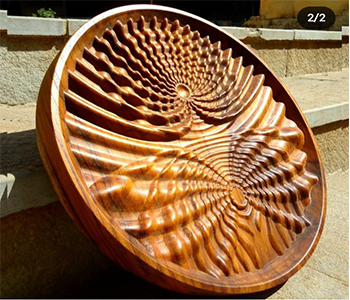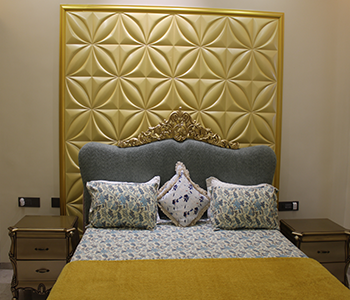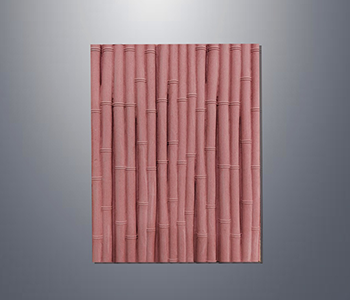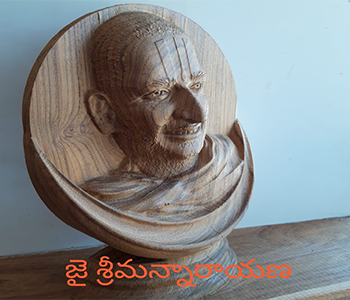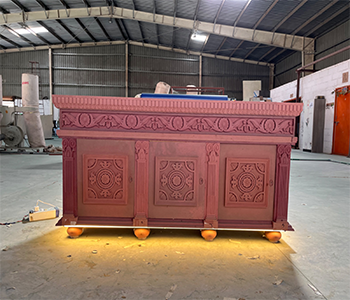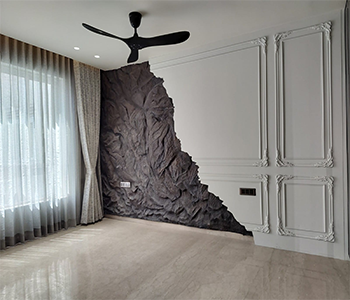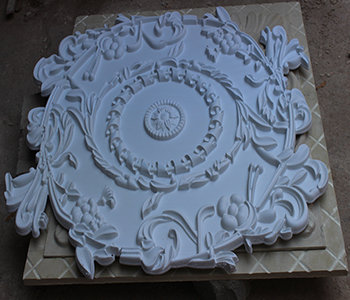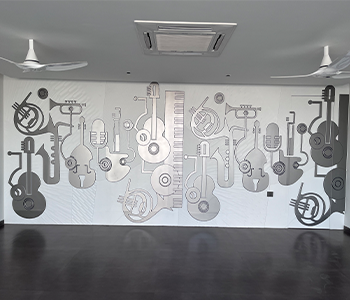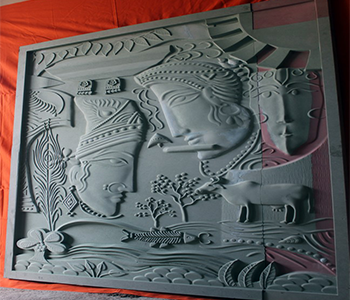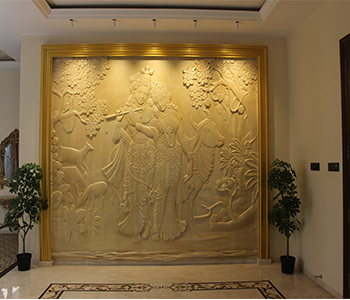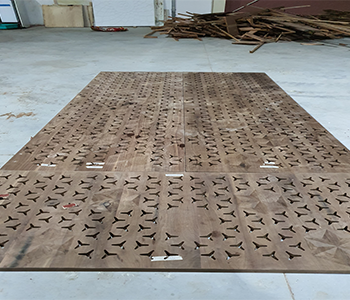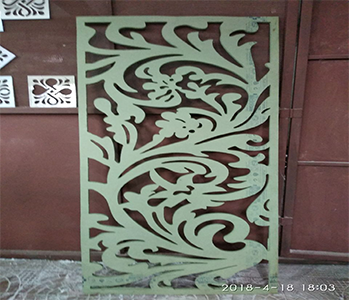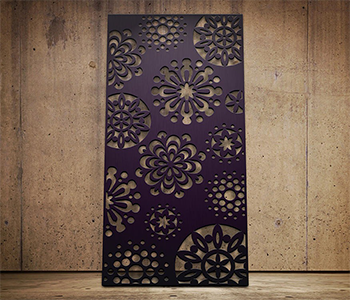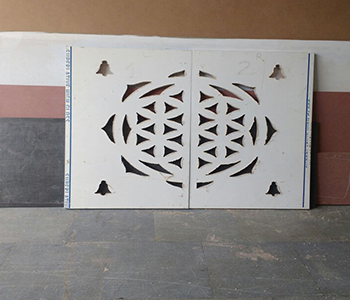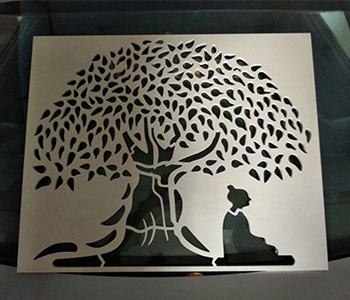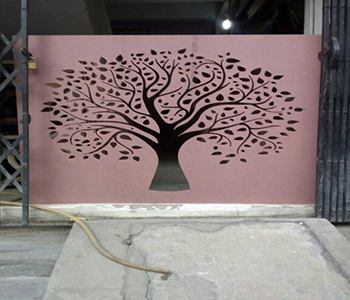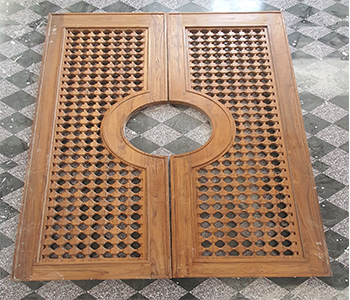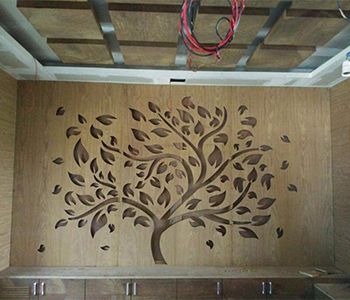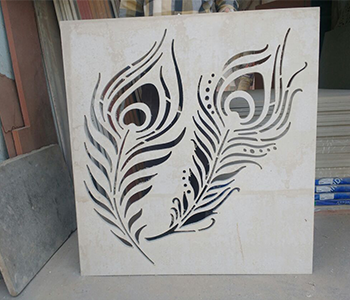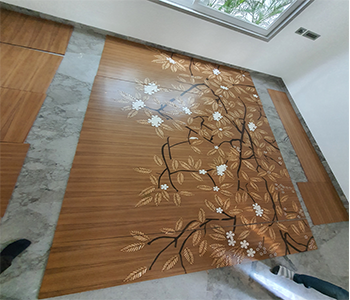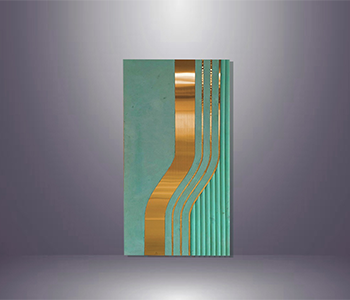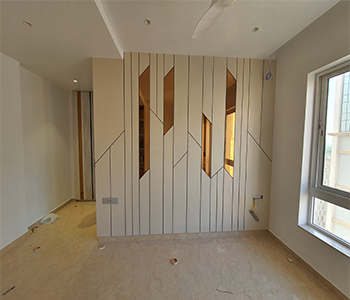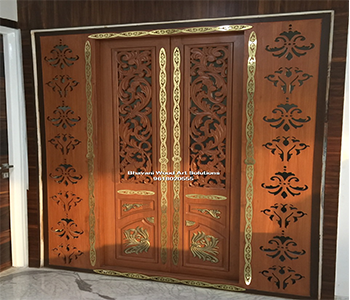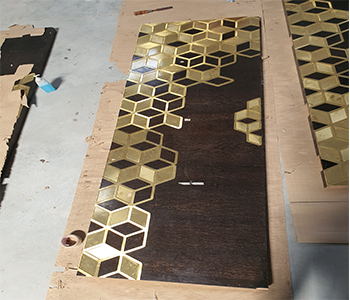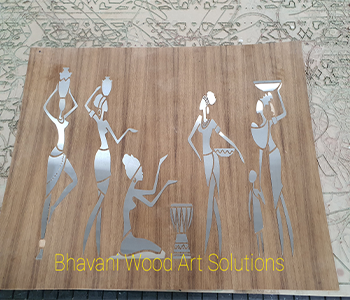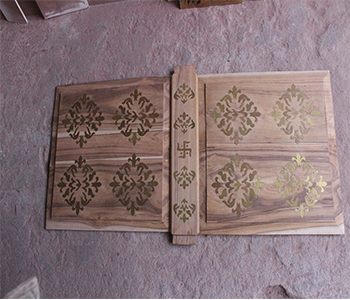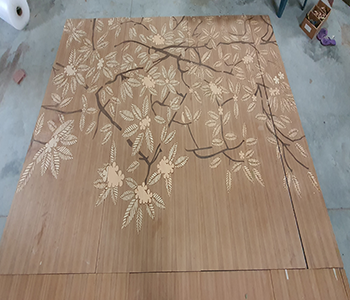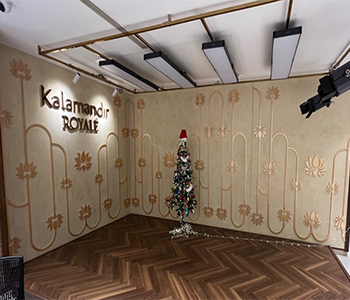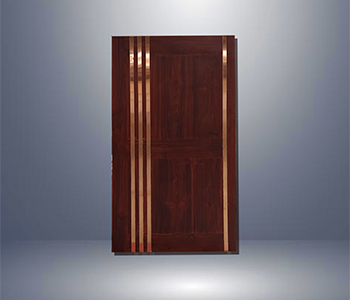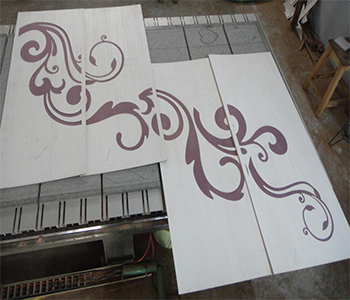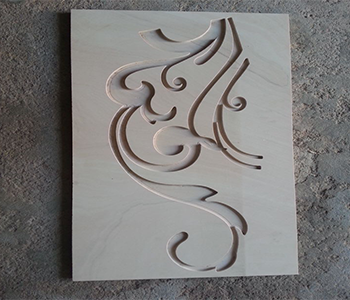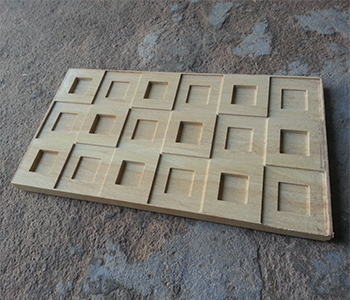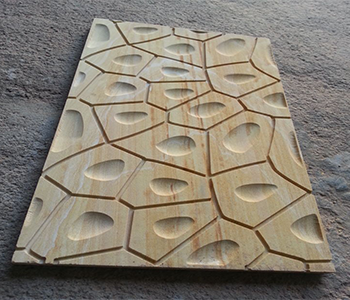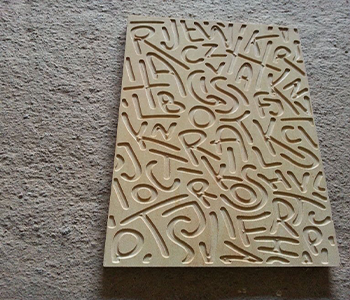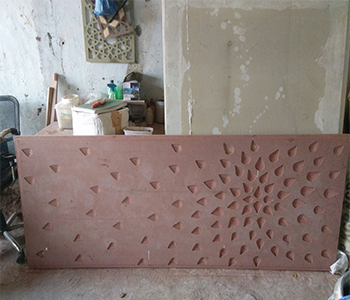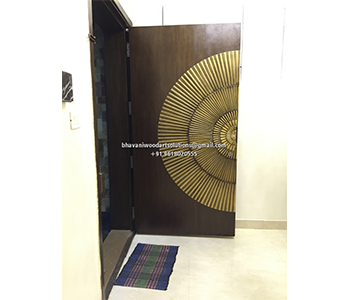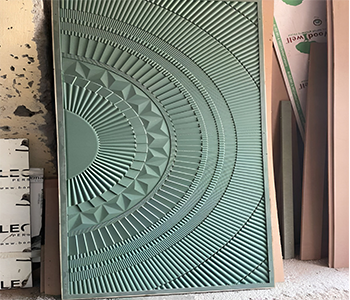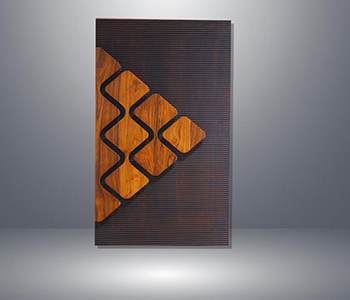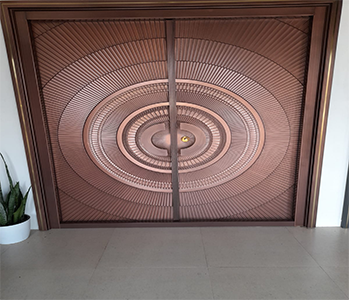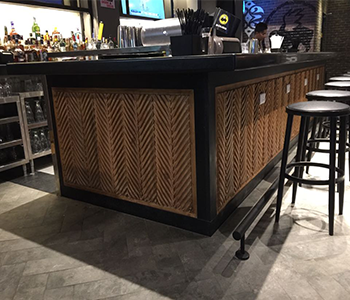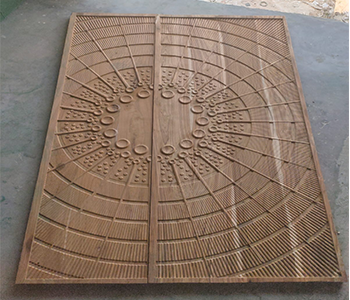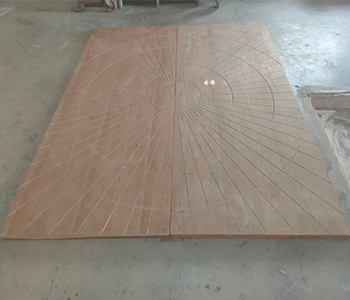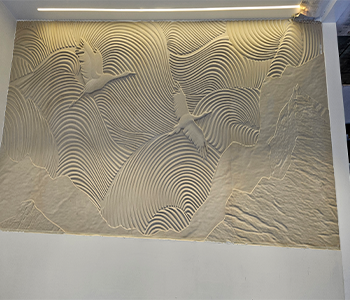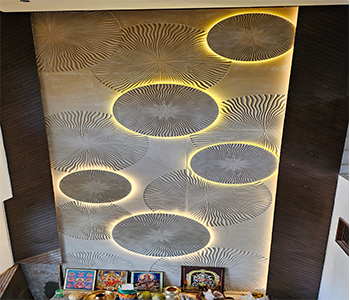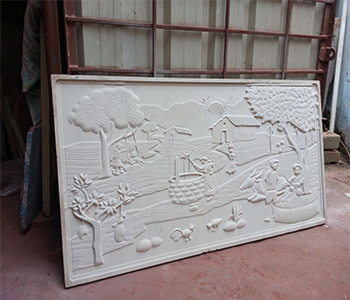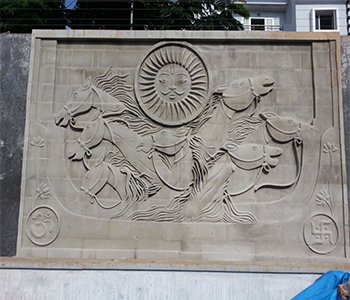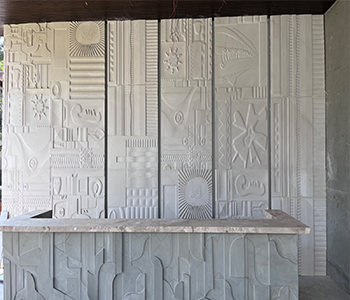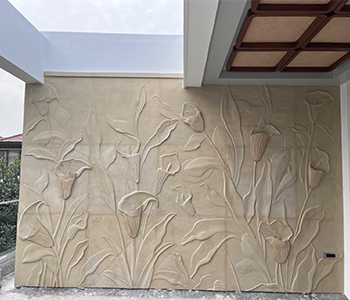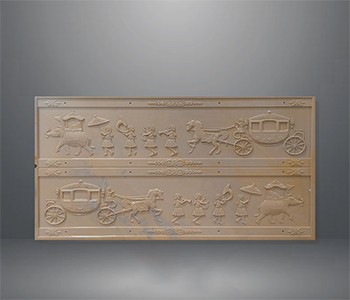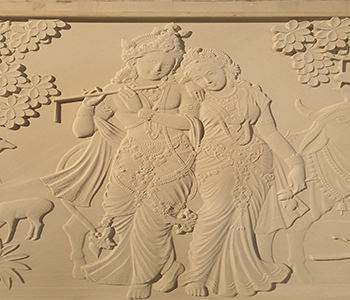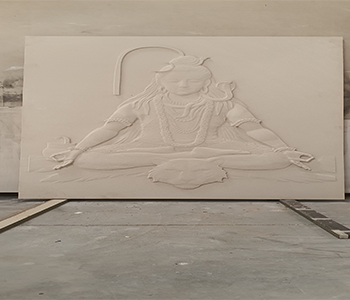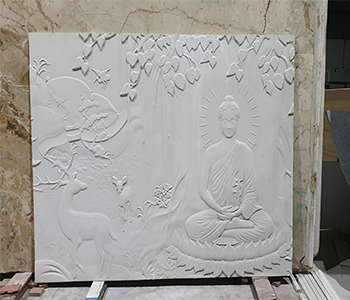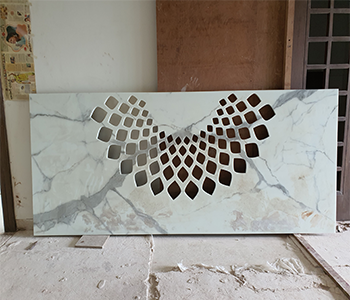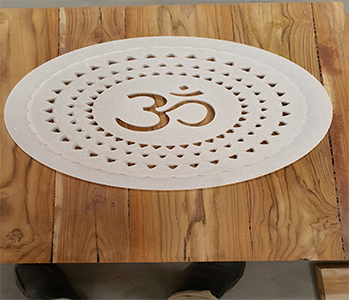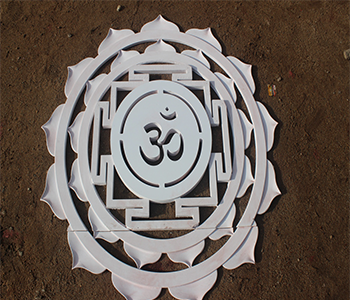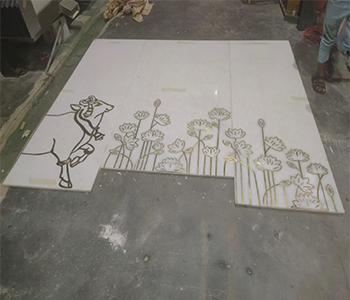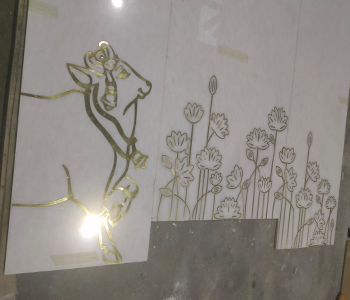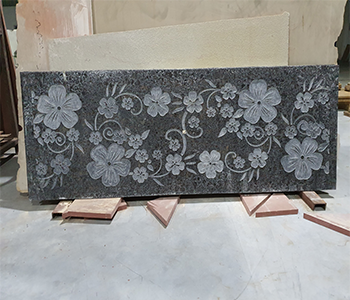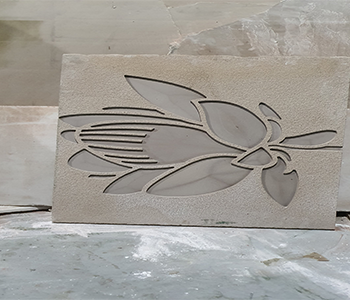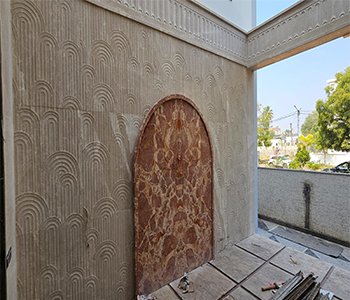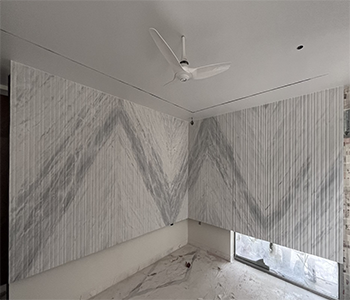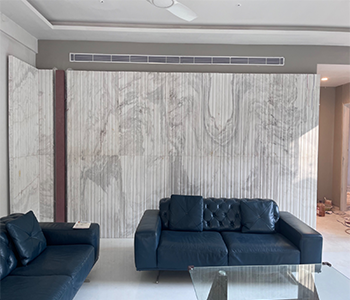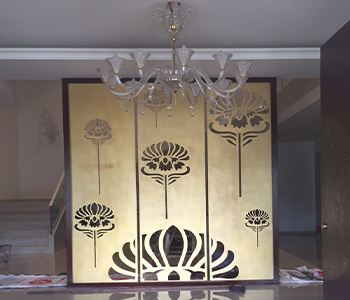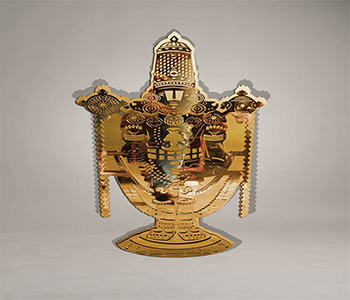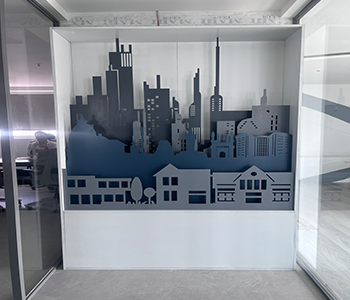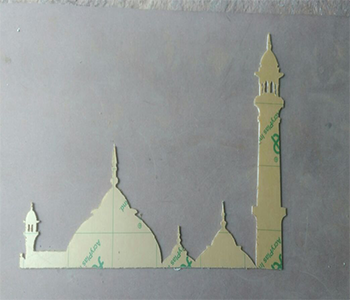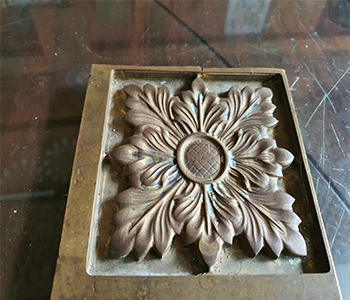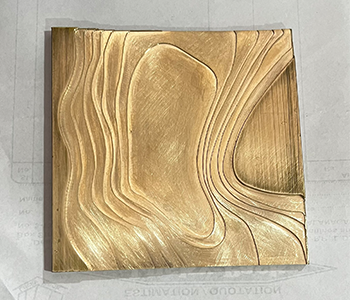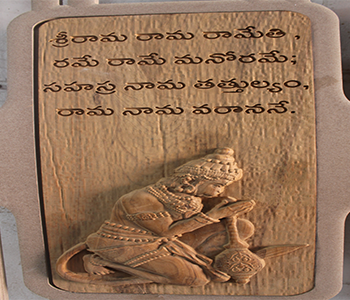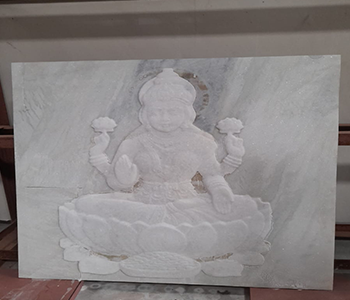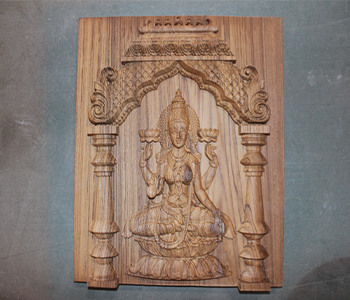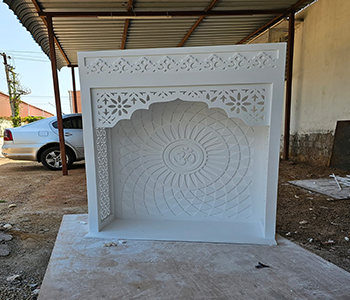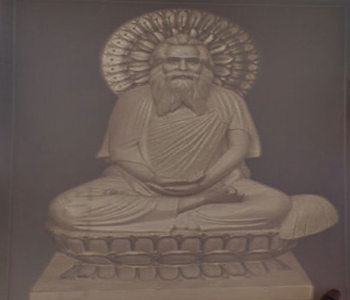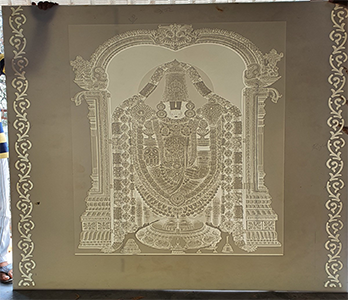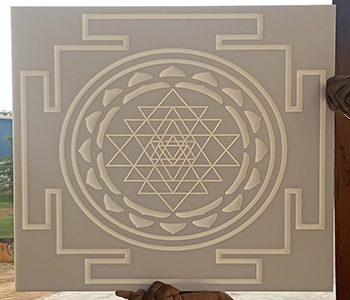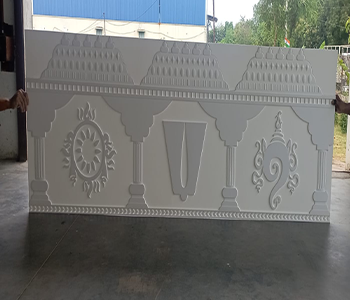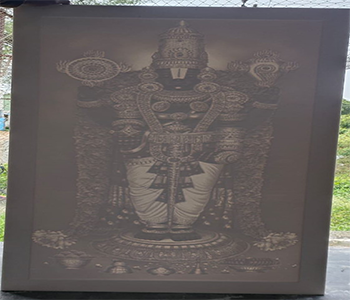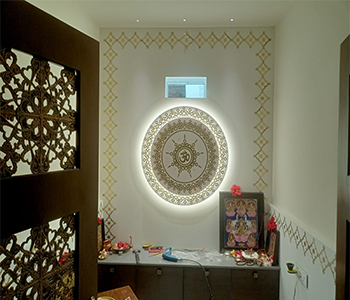Bhavani Wood Art Solutions
The Interior speak for themselves- WOODEN CARVING
- STONE CARVING
- METAL CARVING
- FIGURE CARVINGS
- CORIAN
Wood carving in CNC (Computer Numerical Control) refers to the process of using automated machinery equipped with computer-controlled tools to carve designs and patterns into wood. CNC wood carving has revolutionized the traditional methods of hand carving by offering precision, consistency, and the ability to replicate intricate designs with high accuracy
3D carving on wood is a technique used to create intricate, three-dimensional designs and patterns on wooden surfaces. Unlike traditional wood carving, which often involves more two-dimensional or relief designs, 3D carving involves shaping the wood to create depth, texture, and dimensionality
Sizes can be customized according to the client's requirements.
2D carving on wood involves creating designs that have a flat, two-dimensional appearance on the wood's surface. This type of carving focuses on creating patterns, images, or textures that do not protrude significantly from the surface, resulting in a design that is mostly flat but can still have some depth.
Sizes can be customized according to the client's requirements.
Inlay is a decorative technique used to insert a different material into a base material, such as wood, metal, or stone, to create patterns, designs, or artistic effects. The inlaid material is typically set flush with the surface of the base material, creating a seamless and often intricate design.
Sizes can be customized according to the client's requirements.
Engraving is a technique used to create designs, text, or images on a surface by carving or etching into the material. The goal of engraving is to produce detailed and precise patterns or inscriptions, often for decorative or functional purposes.
Sizes can be customized according to the client's requirements.
Stone carving is the art and practice of sculpting stone into various forms and shapes. It is an ancient art form that has been practiced by civilizations around the world for thousands of years, resulting in intricate sculptures, architectural ornaments, and decorative pieces
3D carving in stone involves creating three-dimensional forms and designs directly from stone. This technique allows artists and craftsmen to produce intricate and realistic sculptures, bas-reliefs, and architectural elements with depth and detail. Stone carving is a traditional art form that requires precision and skill due to the hardness and brittleness of the material
Sizes can be customized according to the client's requirements.
2D carving in stone involves creating flat, two-dimensional designs, patterns, or images on the surface of a stone. This technique is often used for decorative, commemorative, or functional purposes, such as inscriptions, bas-reliefs, and artistic engravings.
Sizes can be customized according to the client's requirements.
Inlay on stone involves embedding a different material into a stone surface to create decorative patterns, designs, or functional elements. This technique is used to enhance the visual appeal or utility of stone objects and surfaces, such as countertops, floors, or monuments. The inlaid material can be anything from different types of stone to metals, glass, or resin.
Sizes can be customized according to the client's requirements.
Engraving on stone is a process of creating designs, text, or intricate patterns by carving or etching into the surface of stone. This technique can be used for a variety of applications, including memorials, decorative features, and artistic works. Engraving on stone requires precision and careful handling due to the material's hardness and durability.
Sizes can be customized according to the client's requirements.
Grooving on stone involves cutting or carving channels, grooves, or slots into a stone surface. This technique is often used for functional purposes, such as creating slots for fitting other materials or components, or for decorative purposes to add patterns or textures to the stone.
Sizes can be customized according to the client's requirements.

